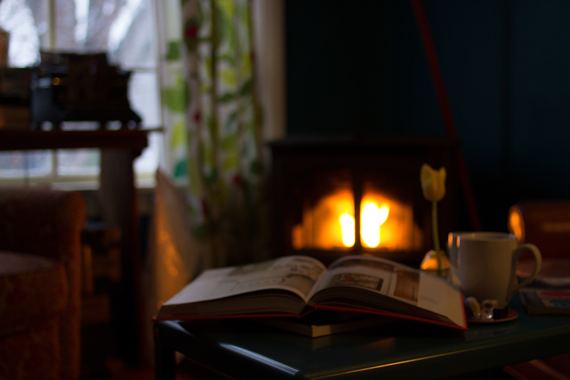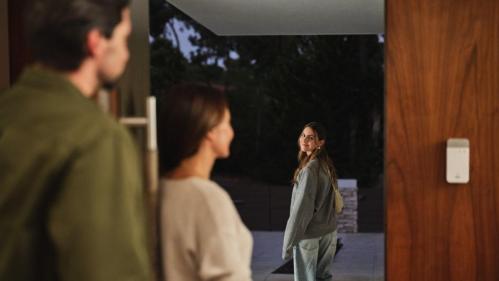
There’s nothing as cosy as snuggling up with your family in front of the fire. If you’re worried about smoke and other issues, then read on for information on how to lessen the impact.
First, make sure that the wood burning stove or fireplace you use is approved by the authorities. Most newer stoves comply with emissions standards so you don’t have to worry about smoke. If you have an older stove, then you can have it fitted with a catalyst. This device will reduce the smoke produced to minimal levels, making it safer for the environment. Most newer models have a catalyst fitted as standard but check before you buy.
Using the right kind of wood can have an impact on the smoke created by your fire too. Hardwoods, that come from deciduous trees, typically burns much longer than wood from conifers and wood that’s spent around six months (covered) outside will be drier and burn easier with less smoke. Choose wood that comes from sustainably farmed species. Never burn treated wood or composite wood like particle board or plywood, as these can contain toxins like arsenic and other poisons, and make sure that your home has carbon monoxide alarms on every level to make sure that smoke inhalation is not a risk.
Putting more wood on the fire once it’s burning will also make it burn longer and hotter, with less smoke than feeding the fire small amounts of wood at a time. So stack and light your wood and then pack the fire as quickly as possible after that.
Last but not least, make sure that your chimney is swept regularly. Carbon build ups can block flues, and that can lead to more smoke in your home. It also increases the risk of fire in your chimney.



